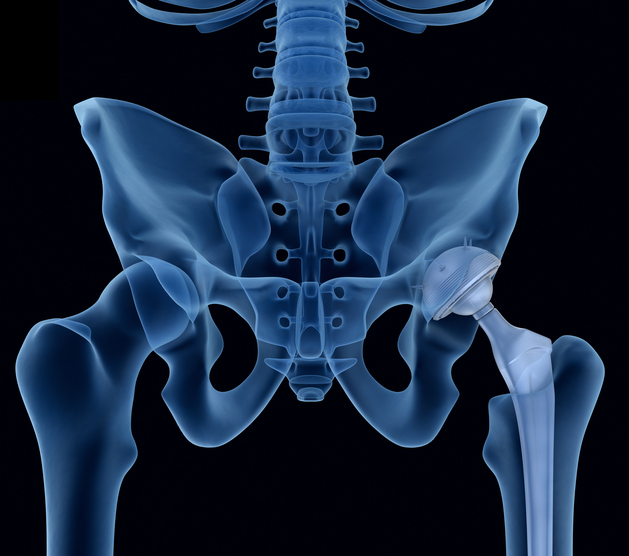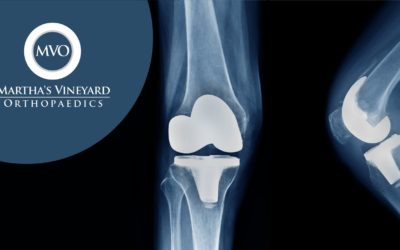Olecranon ( Elbow ) Fracture
When you bend your elbow, you can easily feel its “tip,” a bony prominence that extends from one of the lower arm bones (the ulna). That tip is called the olecranon (oh-lek’-rah-nun). It is positioned directly under the skin of the elbow, without much protection from muscles or other soft tissues. It can easily break if you experience a direct blow to the elbow or fall on a bent elbow.
Cause
- Sudden, intense pain
- Inability to straighten elbow
- Swelling over the bone site
- Bruising around the elbow
- Tenderness to the touch
- Numbness in one or more fingers
- Pain with movement of the joint
Symptoms
The most common symptoms of a radial head fracture include:
- Pain on the outside of the elbow
- Swelling in the elbow joint
- Difficulty in bending or straightening the elbow accompanied by pain
- Inability or difficulty in turning the forearm (palm up to palm down or vice versa)
Diagnosis
A patient with an olecranon fracture will typically go to the emergency room because the elbow will be very painful and unable to move. During the examination, the ER physician will:
- Examine the skin to see if there are any lacerations (cuts). Lacerations can be caused by fragments of bone and can lead to an increased risk of infection.
- Palpate (feel) all around the elbow to determine if there are any other areas of tenderness. This can indicate other broken bones or injuries, such as a dislocation of the elbow.
- Check the pulse at the wrist to be sure that good blood flow is getting past the elbow to the hand.
- Check to see if the patient can move his or her fingers and wrist, and if the patient can feel things with his or her fingers.
- your doctor may ask the patient to straighten the elbow. Sometimes, the patient will be able to do this, and sometimes the patient will not.
- your doctor may examine the patient’s shoulder, upper arm, forearm, wrist, and hand as well, even if the patient only complains of pain at the elbow.
X-rays will be taken of the elbow to confirm that a fracture has occurred. X-rays can also reveal other fractures or dislocations. X-rays may also be taken of the upper arm, forearm, shoulder, wrist, and/or hand, based upon your doctor’s judgment and based upon the patient’s complaints. These X-rays may reveal other injuries, such as other fractures or dislocations.
Treatment
While in the emergency room, your doctor will treat an olecranon fracture with ice, pain medicine, a splint (like a cast), and a sling to keep the elbow in position.
Whether or not the fracture requires surgery will be determined. Not all olecranon fractures require surgery.
Nonsurgical Treatment
Some olecranon fractures require just a splint or sling to hold the elbow in place during the healing process. your doctor will closely monitor the healing of the fracture, and have the patient return to clinic for X-rays fairly frequently.
If none of the bone fragments are “out of place” after a few weeks, your doctor will allow the patient to begin gently moving the elbow. This may require visits with a physical therapist.
The patient will not be allowed to lift anything with the injured arm for a few weeks.
A nonsurgical approach to olecranon fracture may require long periods of splinting or casting. The elbow may become very stiff and require a longer period of therapy after the cast is removed to regain motion.
If the fracture shifts in position, the patient may require surgery to put the bones back together.
Surgical Treatment
Surgery to treat an olecranon fracture is usually necessary when:
- The fracture is out of place (“displaced”). Because the triceps muscles attach to the olecranon to help straighten the elbow, it is important for the pieces to be put together so you can straighten your elbow.
- The fracture is “open” (pieces of bone have cut the skin). Because the risk of infection is higher in an open fracture, the patient will receive antibiotics by vein (intravenous) in the emergency room, and may require a tetanus shot. The patient will promptly be taken to surgery so that the cuts can be thoroughly cleaned out. The bone will typically be fixed during the same surgery.
Surgery can be done under general anesthesia (going to sleep) or under regional anesthesia (using medicines like novocaine that numb the arm), or both.
The surgeon will typically make an incision over the back of the elbow and then put the pieces of bone back together. There are several ways to hold the pieces of bone in place. The surgeon may choose to use:
- Pins/wires
- Screws only
- Plates and screws
- Sutures (“stitches”) in the bone or tendons
If some of the bone is missing or crushed beyond repair (pieces of bone lost through a wound during an accident), the fracture may require bone filler. Bone filler can be bone supplied by the patient (typically taken from the pelvis) or bone from a bone bank (from a donor), or an artificial calcium-containing material.
The incision is typically closed with sutures or staples. Sometimes, a splint is placed on the arm, but not always.
Considerations Surgery has some risks. If surgery is recommended, your doctor feels that the possible benefits of surgery outweigh the risks.
There is a risk of infection with any surgery, whether it is for an olecranon fracture or another purpose.
Pain is controlled in the operating room by an anesthesia team, who can either put the patient to sleep or numb the arm, or both. your doctor will discuss the method of anesthesia with the patient prior to surgery. After surgery, pain is controlled with a combination of pain medications.
Damage to nerves and blood vessels. There is a minor risk of damage to nerves and blood vessels around the elbow. This is an unusual side effect.
Surgery does not guarantee healing of the fracture. A fracture may pull apart, or the screws, plates, or wires may shift or break. This can occur for a variety of reasons, including:
- The patient does not follow directions after surgery.
- The patient has other health issues that slow healing, like smoking or using other tobacco products, or diabetes.
- If the fracture was associated with a cut in the skin (an “open fracture”), healing is often slower.






